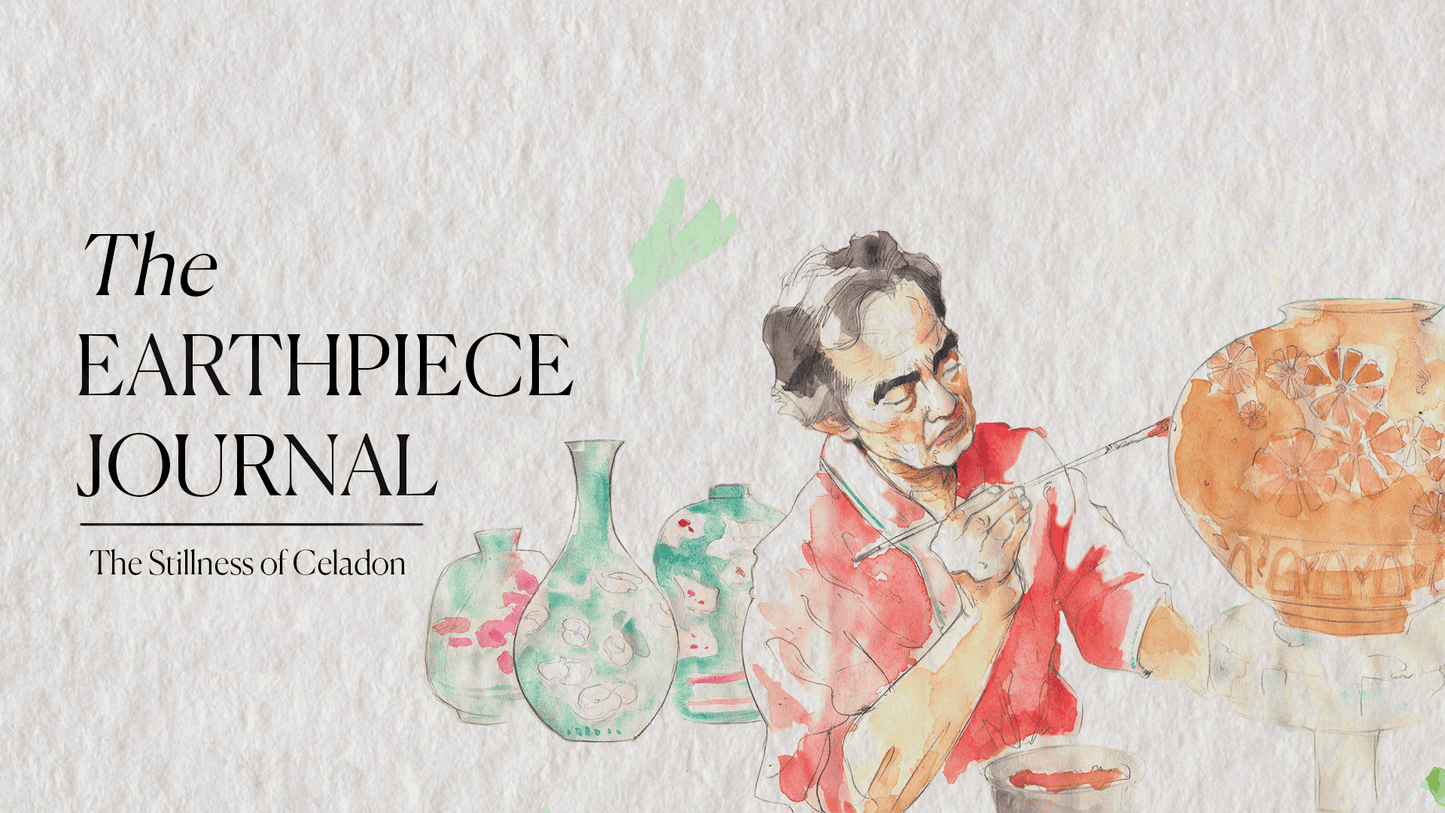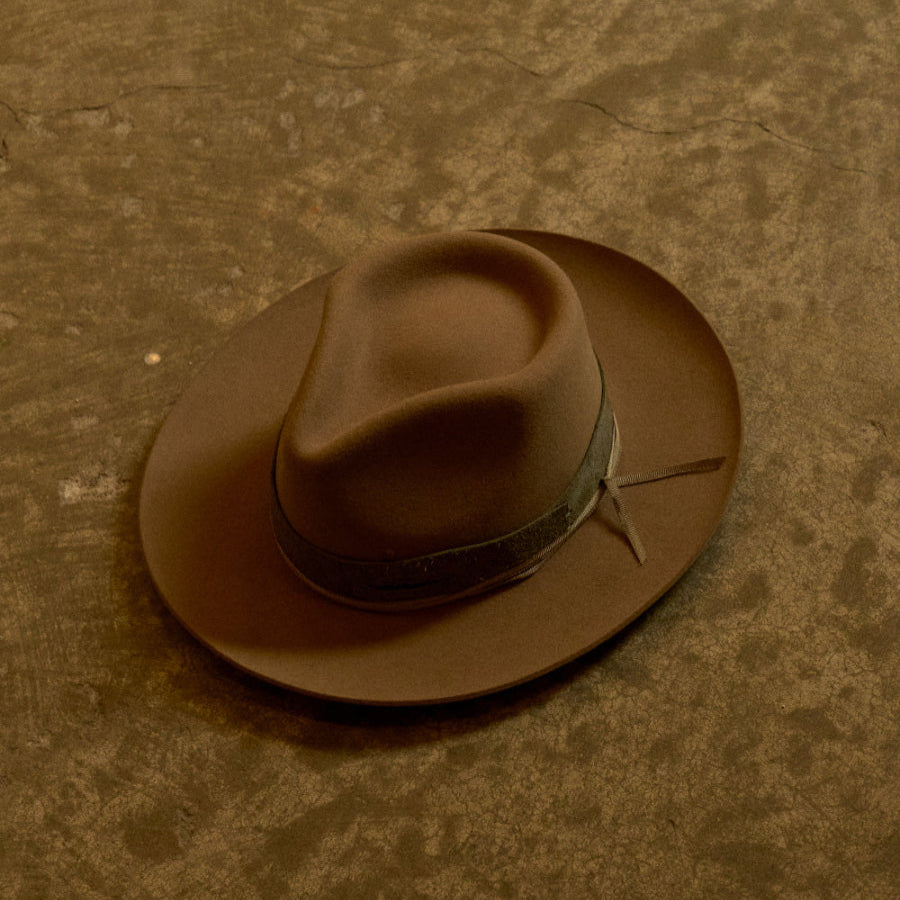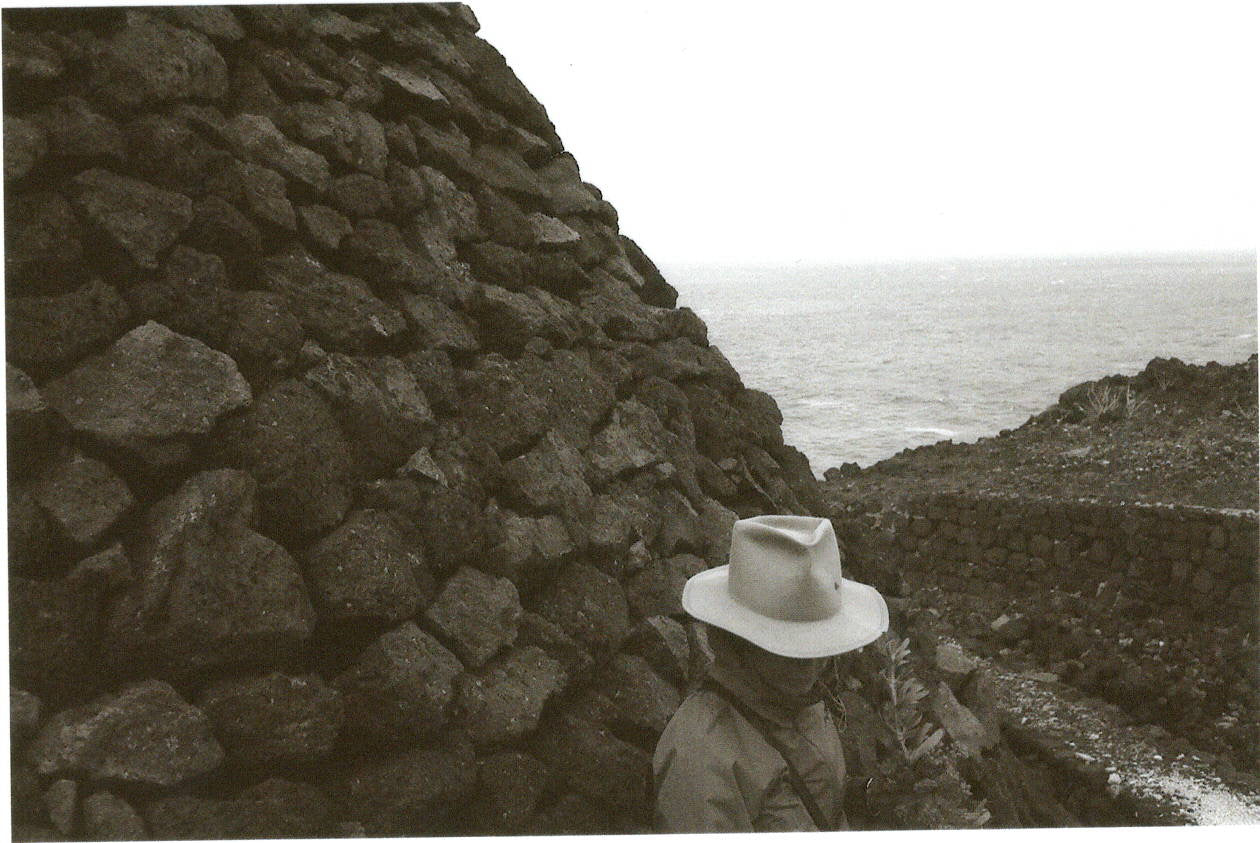A selection of handmade hats with special deals to discover.

The Stillness of Celadon
Can a colour be still? The kind of peaceful stillness you feel when you watch clouds pass by. This feeling; can it be harnessed on a surface? If it is at all possible, perhaps it’s within the elusive green of Celadon.
Over a thousand years old, Celadon is a kind of pottery that originated in China though evolved in Korea between 918 to 1392. Known since then for the very specific colour created by its glaze, Celadon is fired at high temperatures - 1300oC to be exact - for 24 hours in order to bring out this special hue. If the fire is too cold, the colour and lustre don’t come out. If it’s too hot, the Celadon turns yellow-brown from oxidisation.
Just as the fire must be balanced at exactly the right temperature, its result - the milky green of glassy Celadon – too, is exactly balanced. Pale yet vibrant, mysterious yet calming; Celadon green is so distinct a colour it defies description. Many have tried, often referencing it as ‘kingfisher colour’ or jade-like, and most famously Park Chong-hwa in his poem, Koryo Celadon, compares the colour to a clear sky after an autumn shower.
______________________________________________________________________
 ______________________________________________________________________
______________________________________________________________________ Developed from the techniques and traditions of Chinese potters from the Song-dynasty (960–1279), Korean craftspeople over the course of five centuries during the Goryeo dynasty created the colour, as well as new inlay and carving techniques. The motifs of cranes, clouds and flowers on the surface of Celadon pieces are not painted as they may seem, but carved and filled with gold, copper or clay inlay before being glazed and fired. So intricate and precise is this work that the surface of remains uniformly smooth, despite the hundreds if not thousands of incisions made.
The network of fine cracks beneath the surface also make the work distinct, and indicate a piece is true Celadon. It also means Celadon is incredibly delicate, with around 70% of pieces not surviving the making process due to imperfections emerging after glazing, or cracks from firing. This high rate of rejection, for often the tiniest of impurities indistinguishable to an untrained eye, tell a story of the patience of the Celadon ceramicists.
______________________________________________________________________
 ______________________________________________________________________
______________________________________________________________________ The distinct recipe that makes Celadon glaze and creates this enigmatic hue includes ash from burnt grass or tree leaves, though It seems to be a mystery as to which leaves create the perfect whisper of green. It’s understood, however, that the most accurate shade can only be made from flora found in the Korean peninsula, Japan and China. So distinct is this craft to the region, Celadon embodies the history, nature and cultural subconscious of South Korea, with the most refined pieces declared national treasures in the country.
Today, contemporary Celadon lives on, thanks to master potters like Kim Se Yong, Kim Jongho and Yoo Kwangyul. Mr Yoo has famously developed a double-open technique wherein the carving goes right through the surface, creating an intricate lattice of flowers. And while these pieces are often vases, they’re not made to hold flowers and certainly not water, but rather, to be admired and to conjure a certain feeling that only Celadon can.
______________________________________________________________________
 ______________________________________________________________________
______________________________________________________________________ Contemporary artists have also used Celadon as a medium to construct and deconstruct narratives of people and place. Yee Sookyung is one such artist, whose series Translated Vases uses the shards of rejected Celadon pieces to create new bulbous forms, fused together with gold leaf. These works, featured at the Venice Biennale in 2017 and in a number of international galleries across the world, highlight the dedication to perfection of Celadon ceramicists, and the beauty in their outcasted vessels. Ms Yee focuses on the Korean word ‘geum’, which can be interpreted to mean both ‘crack’ and ‘gold’, so we in turn, perhaps after a moment of stillness, might reflect on our own golden imperfections.



